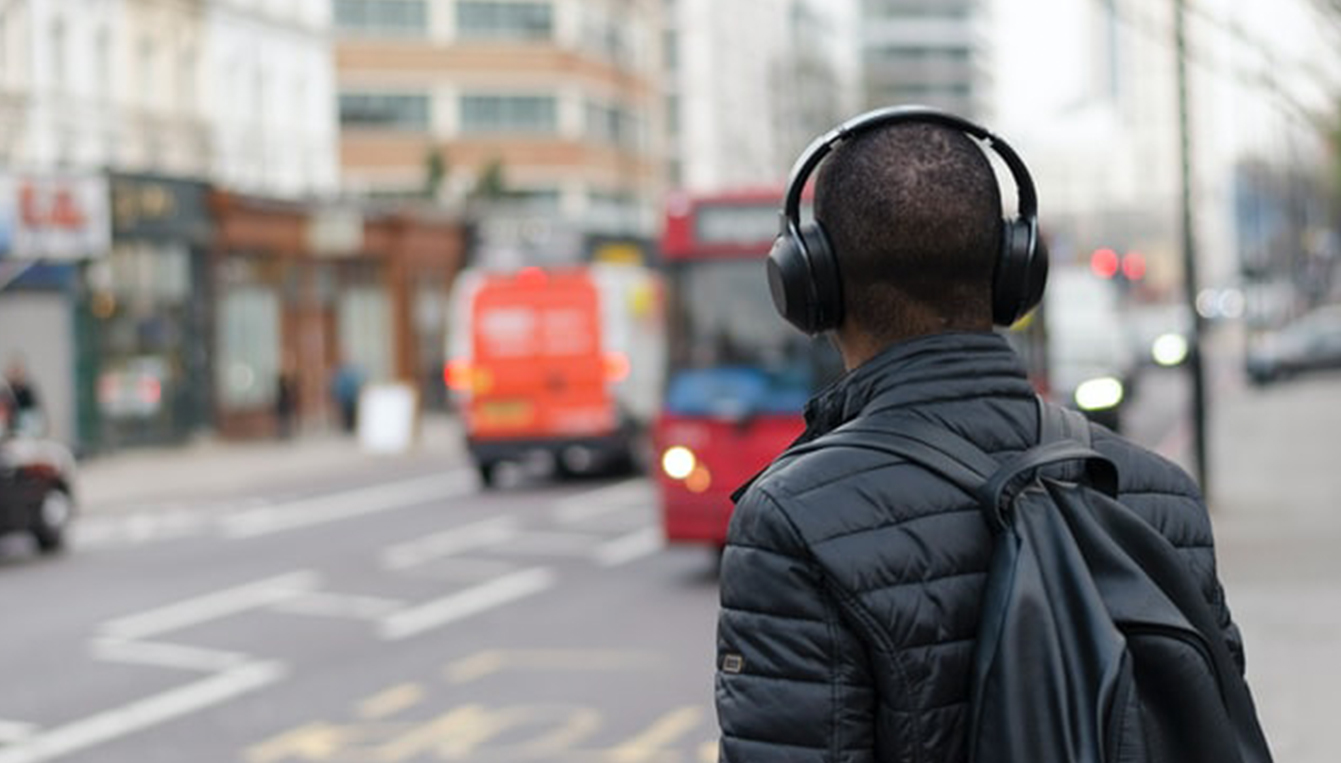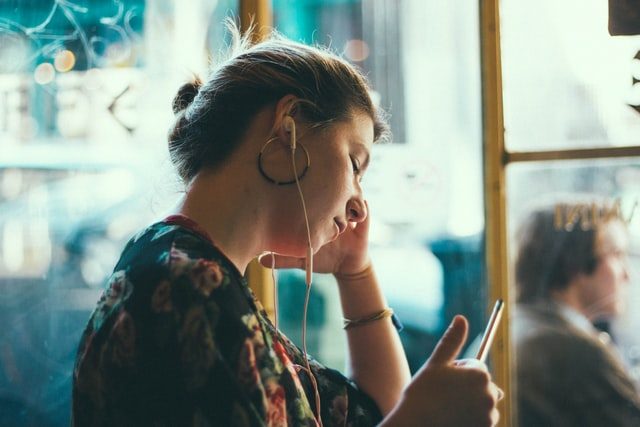Roberto Gomez
Senior Consultant

Imagine walking to the subway on a beautiful day, the sun is shining, you have your sunglasses on and your headphones are snug in your ears. Just as you reach the platform your favorite song begins to play. The train comes roaring along and well, you can’t hear your tunes anymore, so you turn the volume up – way up. This scenario, and those similar, is a constant reality every day, all day, throughout the world, and it may be damaging our hearing.
Headphones have been around since the late 1800s but really burst into our lives in 1979 with the introduction of the Sony Walkman. For the first time in history, music was portable, and seemingly overnight headphones were everywhere, and with it came a widespread threat of hearing damage.
Our ears process sound by receiving sound waves in the cochlea, a portion of the inner ear. Small hairs (stereocilia) in the cochlea transform the mechanical energy of the sound wave into an electrical signal for the hair cell, which lets the auditory nerve tell the brain what we are hearing. Hearing loss is based on noise exposure levels and is predominantly caused by damage to the stereocilia in the cochlea, or damage to the auditory nerve.
According to the CDC, hearing damage occurs with exposure to sound levels above 80 dB. Exposure to noise 80-85 dBA for more than 2 hours can cause hearing damage. As noise/sound levels increase so does the damage to hearing. Single event levels above 120 dB can cause instantaneous damage and pain.
To put these levels in perspective, a social conversation is typically around 60dB, whereas a gunshot or firecracker can reach levels of 140-150 dB.
Hearing loss due to high exposure levels is irreversible and usually manifests as:
Smartphones, yet another technological advancement, can track a user’s listening exposure. Discussions and review of such data with family members, friends, and colleagues were interesting and demonstrates the frequency to which we are exposed to increased, and harmful, levels of noise. Some of the levels were within the damage threshold, 80-85dB, for more than 2 hours. Yet everyone that provided data stated that they were listening in quiet places such as an office, or while walking on suburban streets.

Sound levels in subway cars are around 75-85 dB. Noise levels on airplanes is much higher, where cabin levels can reach 105 dB during take-off and landing and are usually around 85dB at cruising altitude. With these high background levels, it is safe to assume that many people are listening to their headphones at levels of 85-95 dB on the subway and at levels of 90 to well over 100dB on airplanes. Headphones can hit maximum levels of about 110-115 dB, and many travelers regularly listen to music at maximum volume, or almost maximum volume, during take-off and landing. Listening to music at these levels is exceedingly likely to cause hearing damage with enough exposure.
If listening to headphones in noisy environments is a must, then using noise-canceling headphones can help keep exposure levels down (for a great rundown on how noise-canceling headphones work check out my colleague David Bowen’s blog) The American Osteopathic Association recommends a 60/60 rule, no more than 60% volume of a smartphone/mp3 player for more than 60 minutes at a day.
The National Institute on Deafness and Other Communication Disorders states that hearing loss is one of the most common conditions affecting older adults, about half of people older than 75 in the US have difficulty hearing. Furthermore, 1 in 5 teens will experience some form of hearing loss, a rate of about 30% higher than it was before the introduction of the Walkman. Many experts believe this is partially due to the use of headphones while listening to portable music. While treatable, albeit with medical intervention, hearing loss is irreversible. Accordingly, as good hearing diminishes on its own with age, while portable music and the use of headphones is enjoyable, do right by your ears by being aware of how loud you are listening with your headphones, and try to keep the levels within a safe range.